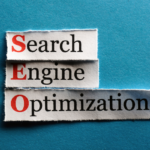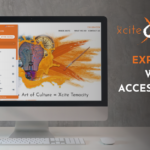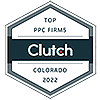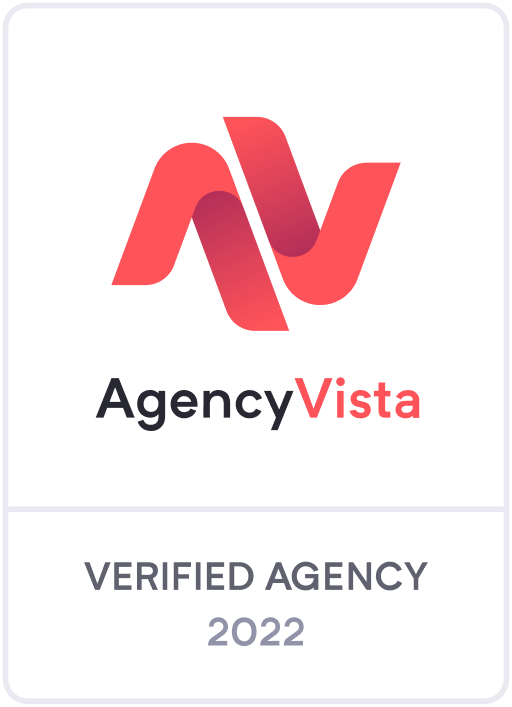
The landscape of organic and paid social media is constantly evolving. With 2.9 billion active monthly users and counting, Facebook is still the leading social media platform and significantly contributes to the rise of social commerce. It is predicted that in 2022, one in three users will make a purchase on Facebook.
Social is no longer just about conversation and eye-catching content; it’s now an established channel for customer acquisition, remarketing, and engaging existing customers to support retention programs. It may still seem relatively new compared to search and email marketing but it’s a marketing lever in which most companies are ramping up investment (people and tools).
In this article, we will take a deeper look into social media marketing and help you navigate your strategy when it comes to organic vs. paid social media efforts.
What is Organic Social?
Organic social is when a company or brand invests the time to actively engage with their community on social media. Posting to your page, responding to comments or photos shared, running contests, etc.; are all ways you can interact with your community organically and establish a trusted relationship.
What are the Benefits of Organic Social?
Since the start of Covid in 2020, we’ve seen a considerable uptick in consumers wanting to know more about who they are buying from. This has inevitably led to an increase in general brand awareness and most importantly, brand loyalty; neither of which can be ignored.
Keeping an up-to-date profile will help your company establish a healthy social presence. For example, if someone stumbles upon your page while scrolling Facebook, they should find an active page with an engaged community instead of seeing stagnant content with little to no visible interaction. When you consistently provide valuable and relevant content, you establish brand familiarity and trust; proving to your audience that you are mutually invested in the relationship. Your organic social efforts will help grow your social presence over the long term, gaining you insights and feedback directly from the audiences you’ve invested in.
This investment should not be taken lightly as it can also power marketing strategies on the paid side of social media advertising.
What is Paid Social?
Paid social advertising is when businesses invest in a marketing strategy that includes serving ads on various social media platforms. Paid social ads appear on peoples’ social media feeds, similar to how television ads play in between segments of your favorite show. This kind of advertising is sometimes considered disruptive, but the benefit is that you’re establishing an awareness of your brand to users that are already at least somewhat engaged with what they are consuming (even when they seem to be ‘mindlessly scrolling’ through Facebook).
What are the benefits of paid social?
April Klabon, Social Optimizer at The Xcite Group points out, “Paid social gives businesses access to information they can leverage in ways they haven’t been able to before.”
Audience and targeting tools that exist within social platforms offer businesses ways to reach a more relevant audience with information that isn’t always available to use in search or email marketing; including interests, job titles, income demographics, and much more.
Another advantage of paid social ads is that almost all social platforms offer a variety of layouts, placements, and creative asset options. This can help you learn what your audience responds to so you can make strategic adjustments to individual campaigns and maximize the content you’re serving with the budget you’re spending.
Investing in paid social ads moves more people into your sales funnel by capturing their interests with relevant content and slowly cultivating an awareness of your brand’s products & services, gradually pushing them towards a point of conversion.
Which lever is better for your business?
Now more than ever, marketers need to research and optimize the right organic social and paid social media options to achieve their business objectives.
Between 2021 and 2022, we’ve seen organic reach lessen as leading networks ramp up their paid social media channels to monetize platform investment. It’s become more challenging to grow your audience through purely organic strategies, which is why more businesses are delving into paid social as well. That doesn’t mean organic isn’t important; a strong social presence is integral to the success of your overall social media marketing efforts, but organic social is no longer effective on its own.
Paid social creates a unique space for your audience to interact with you beyond an active organic community. It compels them to familiarize themselves with your brand, take action on your products and/or services, and continue to foster a relationship beyond any conversion point.
If you’re still a little unsure of what lever is best for your specific goals and objectives, here’s a quick ‘cheat sheet’ to help you figure it out.
Organic or Paid Social Cheat Sheet
- You want to interact and engage with your audience on a consistent basis = Organic
- You want to build relationships with your audience = Organic
- You want to provide customer support = Organic
- You need to reach a big audience quickly = Paid
- You want to reach an entirely new targeted demographic = Paid
- You want to use really specific targeting = Paid
- You want to leverage your best content = Paid
It’s important to note that organic social efforts are almost exclusively handled internally through a community manager role within your organization. While organic efforts can be outsourced; honestly, who better to communicate with your audience directly than someone that is innately attached to your brand specifically?
On the flip side, paid social efforts are more notably outsourced to marketing agencies. This is because they are typically more well-versed in managing multiple campaigns with varying objectives and budgets, as well as creating and optimizing your ‘ideal audience’ in a constantly evolving marketing landscape.
At Xcite, we can help you craft a paid social media strategy from start to finish. We work diligently with your team to ensure all phases of your marketing efforts line up with your business’s objectives.
If you’re ready to learn more about paid social marketing or believe it’s the next logical step in growing your business, schedule a free consultation to see how Xcite can help!





 8055 E. Tufts Ave. Suite 240
8055 E. Tufts Ave. Suite 240




